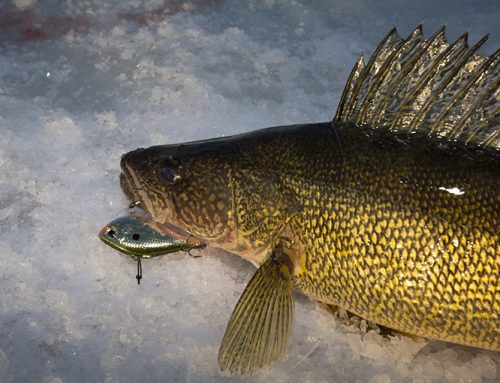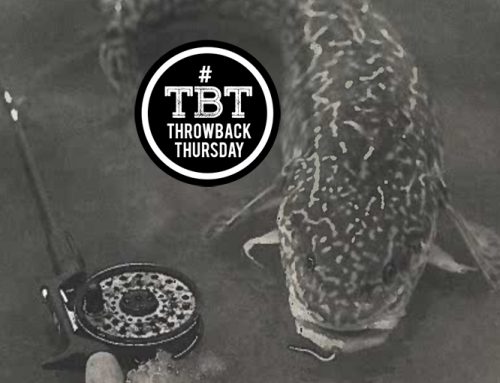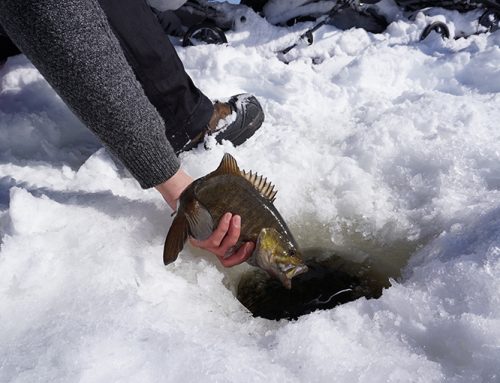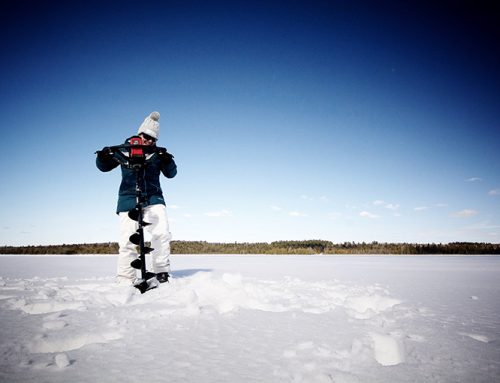The first time this creature’s head emerges from the water or through the ice and coils itself around your arm is enough to strike fear into the toughest of anglers. The burbot (ling, ling-cod, eelpout to some, or as it’s scientifically known, lota lota) has a shocking appearance, and its coiling habit leads to this unique fish getting a bad rap.
But ice anglers should try targeting this prehistoric-looking fish — it’s tasty, and it doesn’t get much attention.
Bait
Burbot are not picky. Once located, they are generally willing to bite almost anything, but they pay the most attention to dead baits. Try rigging brined smelt, herring or suckers on a single treble, or a quick strike rig below a weight, laid right on bottom.
Jigging a whole minnow on a heavy jighead can also be effective, although I prefer to send dead baits down to bottom and wait.
If you are using smelt as bait, only use dead smelt and know if there are any restrictions in the area you are fishing, as they are banned in certain fisheries management zones. Consider only using them in lakes that already have existing smelt populations.
Gear
Burbot don’t require anything fancy in the way of rods. You’ll be mainly fishing with setlines. A tip up works well, or a medium action rod on a dead stick setup, setting the drag to free spool on a hit.
When and where
Burbot can be caught throughout the day, but the best fishing is often during early mornings or well into the night, which makes for an interesting nighttime expedition.
TIP
When fishing in low light conditions, use bells or lights on your tip ups or setlines to be instantly notified of bites.
Burbot are often found in the same lakes as trout and walleye, and can be caught throughout the winter with the bite getting better as winter progresses.
In early winter, look for these fish in deeper portions of lakes — deep drop offs, and deep rocky structure are favourite hiding spots.
When it gets closer to their spawn (anywhere from January to March), look for burbot around large sandy or rocky flats anywhere from 10 to 40 feet deep.
Burbot can be an interesting fish to catch so mix up your hard-water season by targeting this unique (and under-appreciated) fish.







Leave A Comment